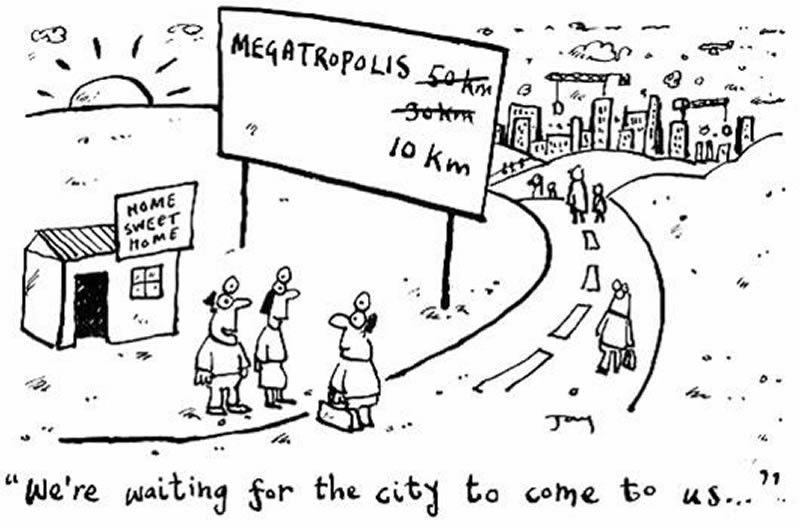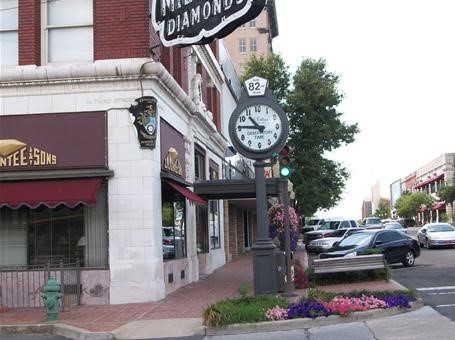
Photo Courtesy of: http://vettesdetroitlit.weebly.com
If you take a quick look at Downtown Muskogee, the building facades will quickly take you down memory lane to a place where time has slipped on by. For some, the recollections of yesteryear might be filled with good memories, but to others the facades might represent a bad chapter that has come and gone in life’s great story. The Downtown District to a complete urban design student outsider is one of great potential and one that could quite possibly unite the community by creating a destination that is the heart and soul of the city. The citizens of Muskogee are as passionate about their city as any city ten times their size. But one problem potentially stands in the way of their revitalization efforts of the Downtown District and that problem is urban sprawl. Some years back a plan was put in place to push commercial development to the fringes of the city limits to help facilitate “big box” retail and to foster quick economic growth. But as the city continued to push economic activity to the suburban edge, the Downtown District saw a dramatic decrease in foot traffic and profitability. The Downtown District’s decline had begun some years before, but the moving of economic opportunity to the outskirts of town gave the district an uphill battle in its efforts to revitalize itself. The trouble with urban sprawl, or what is sometimes referred to as suburbanization, is that it is hard to stop on its own accord. It must be stopped forcefully and this rarely ends well. In most cases, big box corporations are deterred from joining the economic community to due land availability. Due to a lack of shopping opportunities, local citizens start taking their expendable income to other areas, such as Tulsa or Fort Smith. There is a delicate balance with all of this and some might liken it to a teeter totter effect where as one or the other moves upward the other gets presumably pushed down. However, cities must allow for equal growth of both areas and not look solely towards the zeros on the end of the tax revenue statement. All aspects of suburbanization are not negative. Without this concept, many communities would feel the impact of further gentrification by forcing more low to low-middle income families into undignified homes and this would further widen the income gap between property owners and everyone else. But how do you control the inevitable? A good plan might be to purchase strips of land for roads, trails, and pedestrian thoroughfares and large swaths of land for parks and urban green space before the city naturally sprawls into them. By banking the land, a community has the ability to grow in the future without incurring many of the harmful effects of suburbanization. The University of Oklahoma Urban Design Studio in partnership with the Institute for Quality Communities, the City of Muskogee, and Downtown Muskogee Inc. intend on developing a plan that will help catapult the Downtown District into a vibrant destination for the residents of Muskogee. We simply cannot do this all on our own. Public engagement is a key component in creating a better balance between the commercial establishments on the fringe of the city and the Downtown District. We value your thoughts and opinions so please visit the University of Oklahoma-Urban Design Studio’s Facebook page and tell us what your vision for the Downtown District is. You may also monitor this website for updates on future public meeting concerning this plan.

Downtown Muskogee
